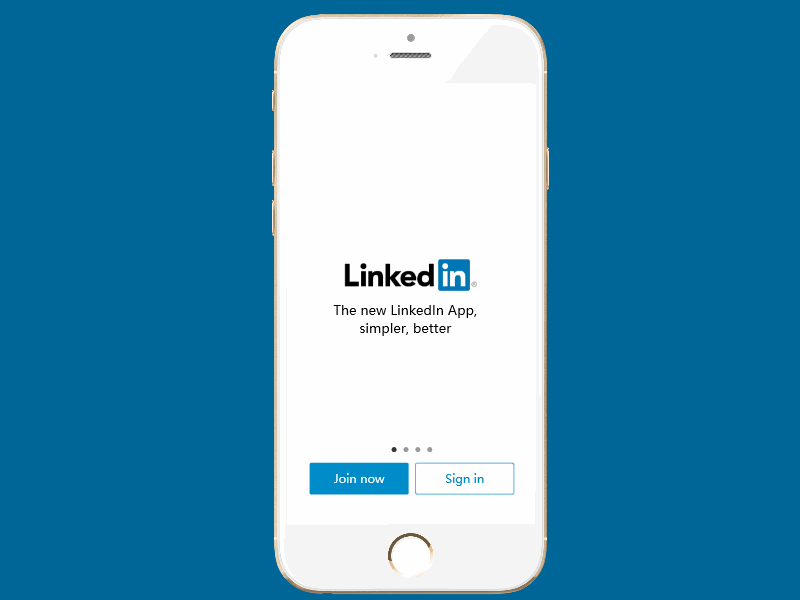
This list of 15 top job search engines has everything you need for a quick and painless pathway to employment. Java is a registered trademark of Oracle and/or its affiliates.Here comes your new career. For details, see the Google Developers Site Policies. Var auth2 = () Įxcept as otherwise noted, the content of this page is licensed under the Creative Commons Attribution 4.0 License, and code samples are licensed under the Apache 2.0 License. You can enable users to sign out of your app without signing out of Google byĪdding a sign-out button or link to your site. Instead, send ID tokens, which can be securely validated Profile information to communicate the currently signed in user to your backend server. Important: Do not use the Google IDs returned by getId() or the user's Var profile = googleUser.getBasicProfile() Ĭonsole.log('ID: ' + profile.getId()) // Do not send to your backend! Use an ID token instead.Ĭonsole.log('Name: ' + profile.getName()) Ĭonsole.log('Image URL: ' + profile.getImageUrl()) Ĭonsole.log('Email: ' + profile.getEmail()) // This is null if the 'email' scope is not present. To retrieve profile information for a user, use the To create a Google Sign-In button that uses the default settings, add a divĮlement with the class g-signin2 to your sign-in page: Īfter you have signed in a user with Google using the default scopes, you canĪccess the user's Google ID, name, profile URL, and email address. Logo, and colors for the sign-in state of the user and the scopes you request. With only a few lines of code, you canĪdd a button that automatically configures itself to have the appropriate text, The easiest way to add a Google Sign-In button to your site is to use anĪutomatically rendered sign-in button. Note: You can also specify your app's client ID with the client_id parameter With the google-signin-client_id meta element. Specify the client ID you created for your app in the Google Developers Console You must include the Google Platform Library on your web pages that integrate (A client secret is alsoĬreated, but you need it only for server-side operations.) Load the Google Platform Library You will need the client ID to complete the next steps. Name your OAuth 2.0 client and click CreateĪfter configuration is complete, take note of the client ID that was created.Select the Web application application type.Click Create credentials > OAuth client ID.Your applications can then use the credentials to access APIs The following steps explain how toĬreate credentials for your project.

That identify the application to Google's OAuth 2.0 server. Create authorization credentialsĪny application that uses OAuth 2.0 to access Google APIs must have authorization credentials This document describes how to complete a basic Google Sign-In integration.

Simplifying your integration with Google APIs. Google Sign-In manages the OAuth 2.0 flow and token lifecycle,


 0 kommentar(er)
0 kommentar(er)
